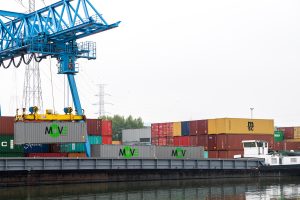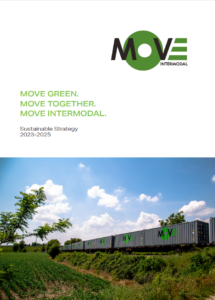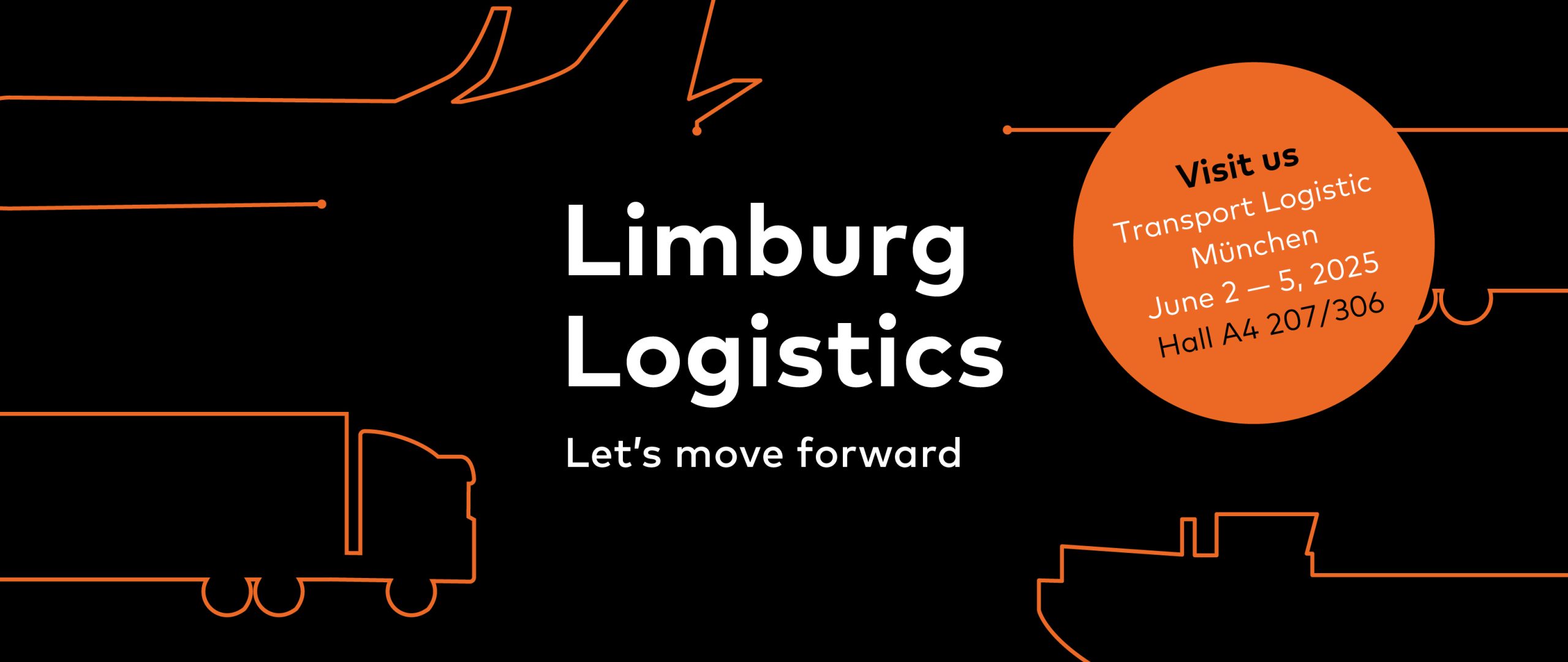The other pillars of the sustainability strategy are: customer-driven, intermodal solutions, and people first.
View Move Intermodal’s sustainable strategy 2023-2025. Download the report below!
 For Move Intermodal, focusing on CO2 reduction is well-trodden territory. “We’ve been committed to this from an efficiency perspective for quite some time,” explains Kees Winters, Chief Technical Officer. “Thanks to our concept of the 45-foot bulk container, with a removable liner, we ensure that 100% of our containers returning from Italy have a return load. This was significantly different in the past. Until a few years ago, 40% of bulk containers returned empty, and 15% of packed goods containers travelled empty to Italy. In the 45-foot bulk container, we can combine both types of cargo in the same container.” Tomas Tempelaars, Chief eXcellence Officer, adds, “The CO2 savings per transported ton kilometer are substantial—a whopping 28% reduction in transport emissions for the same goods. Additionally, this solution allows us to optimize our drivers and trucks.”
For Move Intermodal, focusing on CO2 reduction is well-trodden territory. “We’ve been committed to this from an efficiency perspective for quite some time,” explains Kees Winters, Chief Technical Officer. “Thanks to our concept of the 45-foot bulk container, with a removable liner, we ensure that 100% of our containers returning from Italy have a return load. This was significantly different in the past. Until a few years ago, 40% of bulk containers returned empty, and 15% of packed goods containers travelled empty to Italy. In the 45-foot bulk container, we can combine both types of cargo in the same container.” Tomas Tempelaars, Chief eXcellence Officer, adds, “The CO2 savings per transported ton kilometer are substantial—a whopping 28% reduction in transport emissions for the same goods. Additionally, this solution allows us to optimize our drivers and trucks.”
Move minimizes the environmental impact of its activities through greener, more efficient, and smarter transport. Specifically, Move Intermodal avoids empty kilometers (by managing the return flow), combines bulk and packed cargoes, and focuses on multimodal transportation. The company is also working on a decarbonization roadmap in preparation for the transition to non-fossil fuels in transportation.
In 2024, Move Intermodal aims to conduct a pilot with a customer to explore the use of alternative fuels.

Through a Transport Management System (TMS), Move simulates and optimizes the CO2 footprint of each intermodal transport. In early 2023, Move Intermodal conducted an initial assessment to determine the complete CO2 footprint for 2022 (Scope 1, Scope 2, and Scope 3*).
Through the use of intermodal transport, Move Intermodal managed to reduce 109,751 tons of CO2 emissions in 2022. The total emissions for that year amounted to 67,752 tons of CO2 equivalents. Fuel consumption accounted for the majority of emissions, totalling 67,354 tons of CO2 equivalents (99.41%). Specifically, the largest portion was related to Scope 3 emissions from fuel consumption in intermodal transport, including:
Together, these Scope 3 fuel emissions represented 51,681 tons of CO2 equivalents in 2022, constituting 76.28% of the total emissions.
For a more detailed breakdown of emissions, refer to page 53 of Move Intermodal’s sustainable strategy report.
Move Intermodal is committed to further reducing its CO2 footprint by adopting green and more sustainable alternatives to fossil fuels. Whenever possible, Move Intermodal prioritizes environmentally friendly purchasing practices. Concrete sustainability criteria are integrated into the procurement policy and are standard topics in supplier discussions. Additionally, in 2023, Move Intermodal participated in the EcoVadis audit for the first time, providing stakeholders with a clear view of its sustainability performance.
The Greenhouse Gas Protocol (an international standard for reporting greenhouse gas emissions by companies) defines three scopes. Each scope indicates the source of CO2 emissions:
Understanding and addressing emissions across these scopes is crucial for effective sustainability strategies and environmental impact reduction.



Are you interested in the services of Move Intermodal? We would be glad to provide you an intermodal solution for your transport flows throughout Europe. You can direct your rate request directly to our sales team by filling out the form! We will provide you a competitive offer as soon as possible.
VAT No:BE0836.403.977
VAT No:BE0836.403.977
VAT No:BE0836.403.977